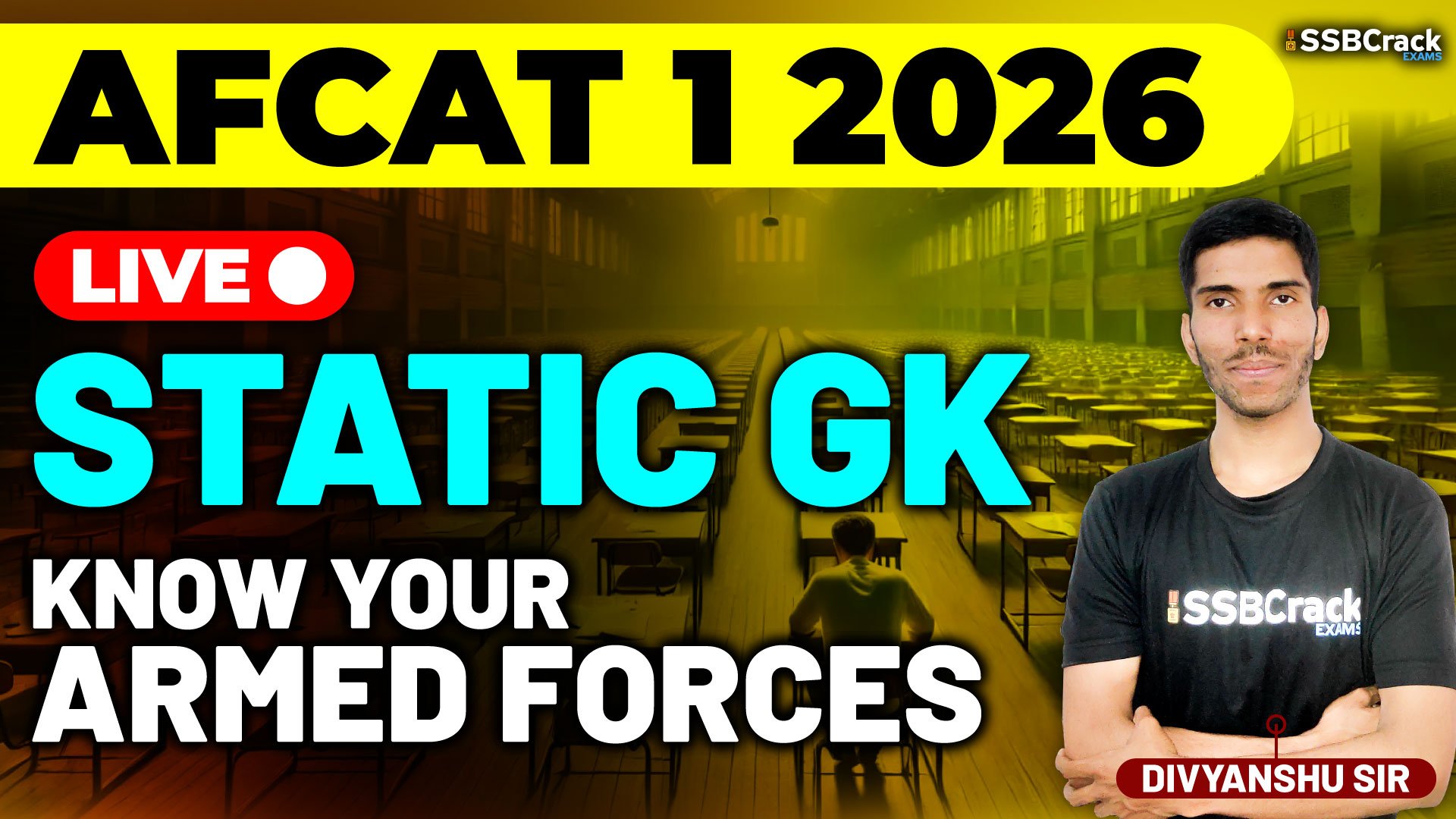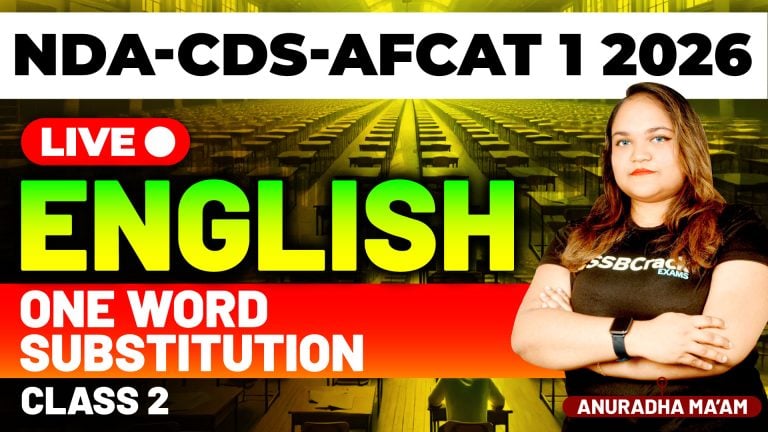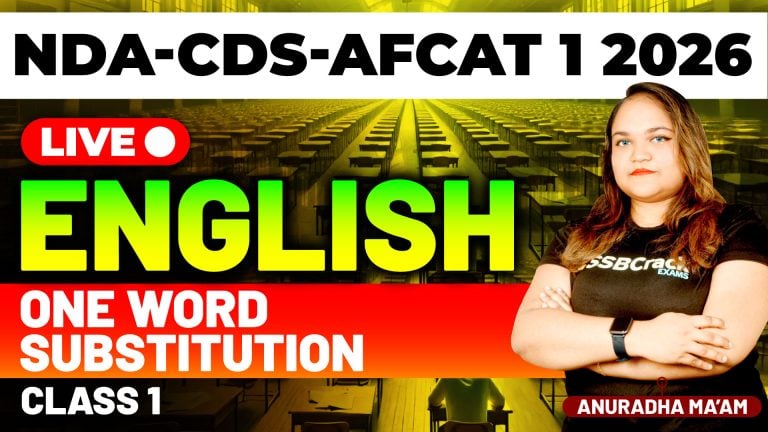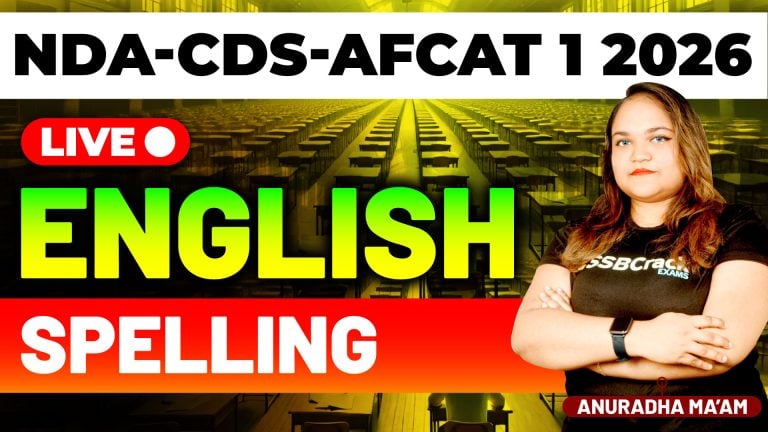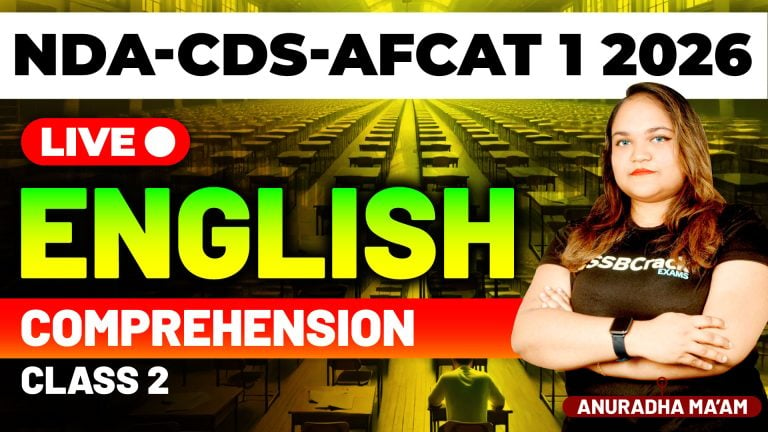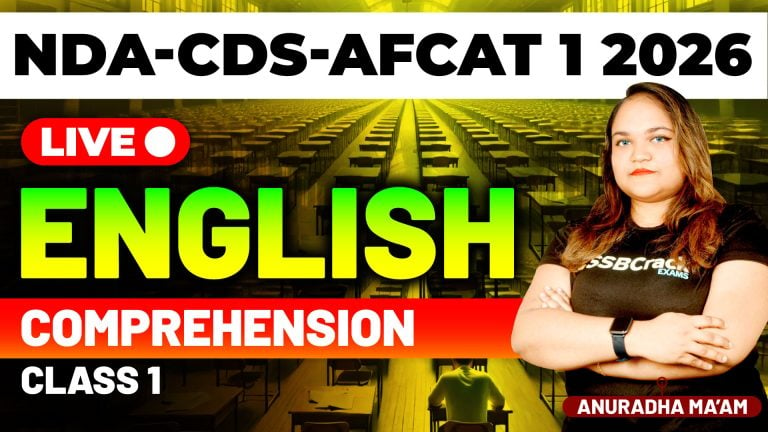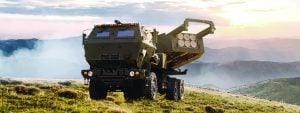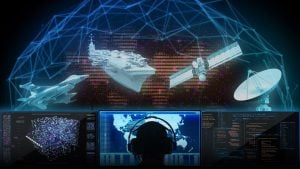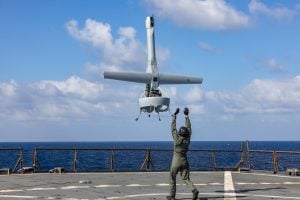The Air Force Common Admission Test (AFCAT) is one of the most prestigious examinations conducted by the Indian Air Force (IAF) to recruit officers in Flying, Technical, and Ground Duty branches.
AFCAT 1 2026 Exam Static GK – Know Your Armed Forces
The Air Force Common Admission Test (AFCAT) is one of the most prestigious examinations conducted by the Indian Air Force (IAF) to recruit officers in Flying, Technical, and Ground Duty branches. To succeed in the General Awareness (GK) section of the AFCAT 1 2026 Exam, candidates must have a strong understanding of India’s Armed Forces — the Indian Army, Indian Navy, and Indian Air Force.
This topic, “Know Your Armed Forces,” is an essential part of the Static GK syllabus, as it highlights the structure, commands, mottos, and major operations of the Indian defence services.
1. Indian Armed Forces: Overview
The Indian Armed Forces are the military forces of the Republic of India, responsible for defending the nation’s sovereignty and ensuring internal and external security. They operate under the Ministry of Defence (MoD) and comprise three primary services:
- Indian Army (Land-based operations)
- Indian Navy (Maritime defence)
- Indian Air Force (Aerial operations)
Supporting forces include the Indian Coast Guard, Paramilitary Forces, and Strategic Forces Command (SFC).
2. Indian Army
- Founded: 1 April 1895 (officially after independence in 1947)
- Motto: “Service Before Self”
- Headquarters: Integrated Headquarters of MoD (Army), New Delhi
- Chief of Army Staff (COAS): General Upendra Dwivedi (as of 2025)
- Primary Role: Protect India’s land borders and maintain peace during internal conflicts.
Army Commands:
| Command | Headquarters | Region |
|---|---|---|
| Northern Command | Udhampur | Jammu & Kashmir |
| Western Command | Chandigarh | Punjab, Haryana |
| Eastern Command | Kolkata | Northeast India |
| Southern Command | Pune | Southern India |
| Central Command | Lucknow | Central India |
| South Western Command | Jaipur | Rajasthan region |
| Army Training Command (ARTRAC) | Shimla | Training |
3. Indian Navy
- Founded: 26 January 1950
- Motto: “Shaṁ No Varunaḥ” (May the Lord of the Oceans be auspicious unto us)
- Headquarters: Integrated Headquarters of MoD (Navy), New Delhi
- Chief of Naval Staff (CNS): Admiral Dinesh K. Tripathi (as of 2025)
- Primary Role: Safeguard India’s maritime interests, sea lanes, and coastal security.
Naval Commands:
| Command | Headquarters | Region |
|---|---|---|
| Western Naval Command | Mumbai | Arabian Sea |
| Eastern Naval Command | Visakhapatnam | Bay of Bengal |
| Southern Naval Command | Kochi | Training Command |
Important Naval Bases:
- INS Vikrant – India’s Indigenous Aircraft Carrier (IAC-1)
- INS Arihant – India’s first nuclear-powered ballistic missile submarine (SSBN)
- INS Kadamba – Naval base in Karwar, Karnataka (Project Seabird)
4. Indian Air Force
- Founded: 8 October 1932
- Motto: “Nabha Sparsham Deeptam” (Touch the Sky with Glory)
- Headquarters: Air Headquarters, New Delhi
- Chief of the Air Staff (CAS): Air Chief Marshal Vivek Ram Chaudhari (as of 2025)
- Primary Role: Protect Indian airspace and conduct aerial warfare.
Air Commands:
| Command | Headquarters | Region |
|---|---|---|
| Western Air Command | New Delhi | North India |
| Eastern Air Command | Shillong | Northeast India |
| Central Air Command | Prayagraj | Central India |
| Southern Air Command | Thiruvananthapuram | South India |
| South Western Air Command | Gandhinagar | Western India |
| Training Command | Bengaluru | Training |
| Maintenance Command | Nagpur | Logistics and Maintenance |
5. Tri-Service Institutions and Commands
To ensure jointness and coordination among the three services, India has established several tri-service organizations:
| Institution / Command | Location | Function |
|---|---|---|
| Andaman and Nicobar Command (ANC) | Port Blair | First Tri-Service Command |
| Strategic Forces Command (SFC) | New Delhi | Nuclear weapons management |
| Integrated Defence Staff (IDS) | New Delhi | Coordination among forces |
| National Defence Academy (NDA) | Pune | Joint training for cadets |
| Defence Services Staff College (DSSC) | Wellington | Advanced military education |
6. Defence Exercises
India conducts regular bilateral and multilateral exercises to strengthen defence cooperation:
- Yudh Abhyas – India–USA (Army)
- MALABAR – India, USA, Japan, Australia (Navy)
- Garuda – India–France (Air Force)
- AUSTRAHIND – India–Australia (Army)
- Varuna – India–France (Navy)
7. Important Defence Days
| Day | Observed On | Significance |
|---|---|---|
| Army Day | 15 January | In honour of Field Marshal K. M. Cariappa |
| Navy Day | 4 December | Commemorates Operation Trident (1971) |
| Air Force Day | 8 October | Establishment of IAF |
| National Defence Day | 10 March | Recognizes defence forces’ contribution |
8. Modernization and Indigenization
India is actively promoting “Atmanirbhar Bharat in Defence” with projects such as:
- INS Vikrant – Indigenous Aircraft Carrier
- Tejas LCA – Indigenous fighter jet by HAL
- Arjun MBT – Indigenous Main Battle Tank
- Agni & Prithvi Missiles – DRDO-developed strategic missiles
- Astra Missile & Akash Air Defence System – Indigenous weapon systems
Conclusion
Knowing the structure, commands, and history of the Indian Armed Forces not only helps candidates excel in the AFCAT 1 2026 Static GK section but also instills pride and awareness about India’s defence strength. Aspiring officers must stay updated with recent defence exercises, new inductions, and leadership changes to boost their preparation.
